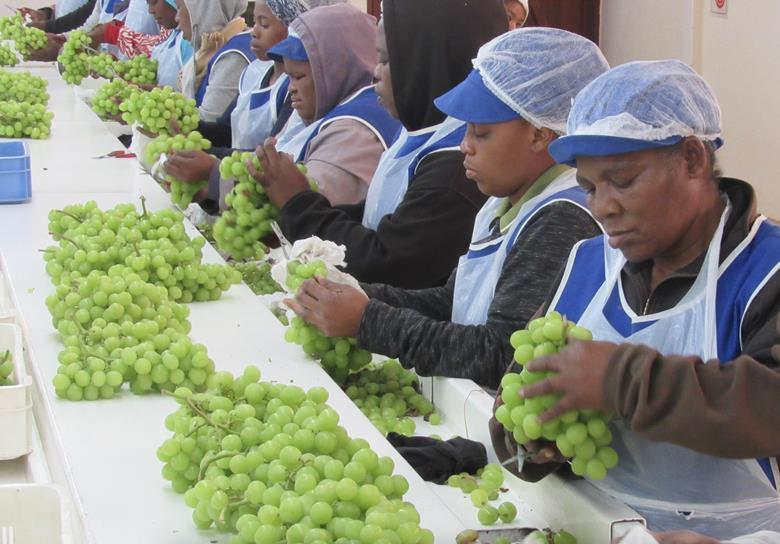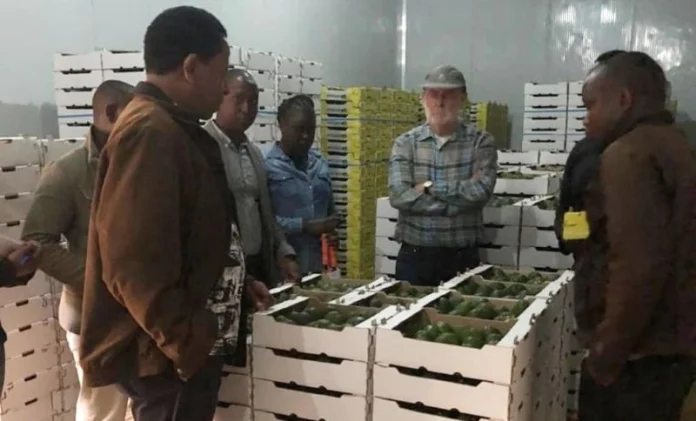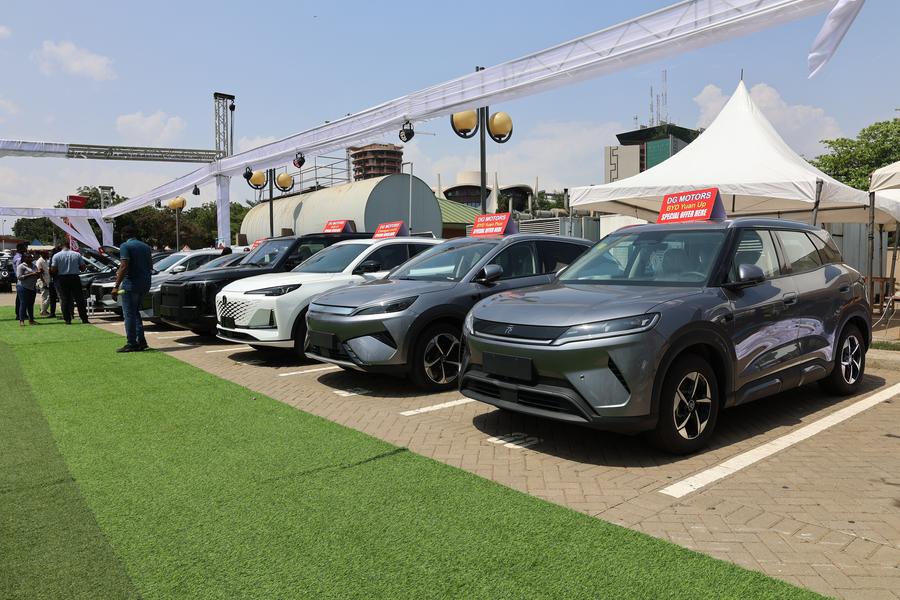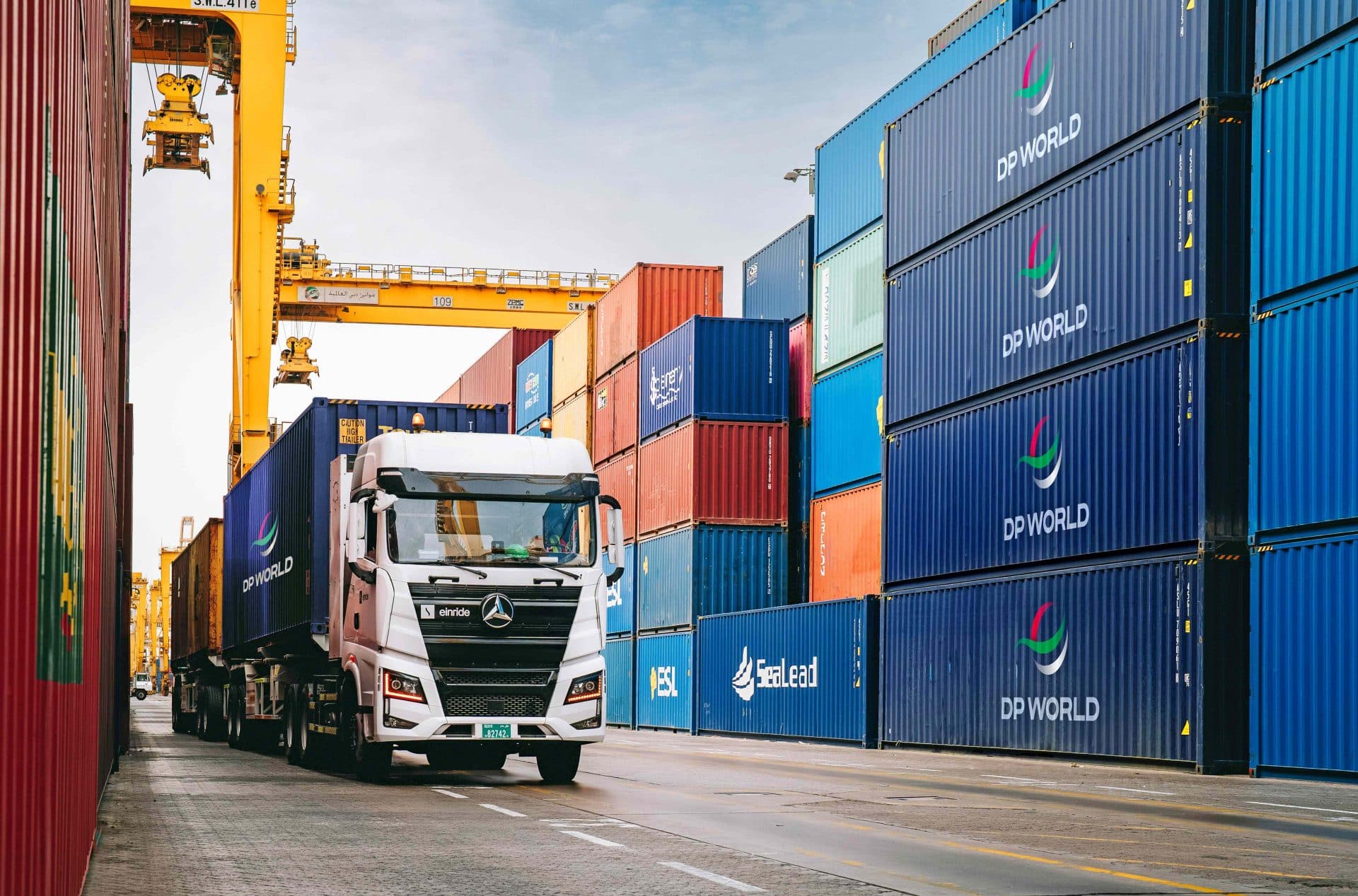Logistic Other

The Shipping Mogul Who Carved a Route to China’s African Mining Prize

The Seafarer Who Tamed Simandou
When Sun Xiushun first ventured into Guinea over a decade ago, he arrived as an unknown shipowner during an Ebola outbreak, a time when other investors were fleeing. His mission was critical: find a new source of bauxite for his partners in China's aluminum industry after Indonesia planned an export ban. Through sheer determination, employing barges and building Guinea's first new railway in 50 years, Sun succeeded, transforming the nation into a top bauxite exporter. Now, the former merchant seaman has achieved an even greater feat, effectively unlocking the world's largest untapped iron ore deposit, Simandou, by constructing a massive 370-mile railway, bridges, tunnels, and a new port, a venture that has likely made him a billionaire.
A Project Reborn Through Chinese Pragmatism
The Simandou deposit had become a byword for stalled Western ambition, languishing for three decades despite Rio Tinto's early involvement due to its remote location and colossal infrastructure costs. Sun’s Winning International Group, having earned the government's trust with his bauxite operation, took control of the northern blocks in 2019. His strategy was unorthodox: he prioritized logistics over paperwork, beginning construction on the railway and port even before final agreements were signed, funding it with his own capital and employing cost-saving methods. By treating the infrastructure as the primary strategic goal, Sun redefined the venture, pushing it forward at a pace that stunned more traditional miners.
The "Duct-Tape" Philosophy at an Industrial Scale
Sun’s methods were forged in his early bauxite endeavors, which one team member described as "duct-tape logistics at an industrial scale." He applied this same relentless, hands-on approach to Simandou. Instead of hiring a single major contractor, he acted as the builder and operator, splitting the work among specialized Chinese teams and thousands of local workers. He maintained a breakneck pace through hard deadlines, daily reports, and a constant on-site presence, even during the Covid pandemic, using methods like bubble zones to keep the project on track. While this drive delivered unprecedented progress, it also came with shortcuts, leading to reported worker accidents and government scrutiny over safety practices.
A Forced Alliance and a Geopolitical Victory
Sun's rapid advances eventually compelled a partnership. Initially reluctant to work with Rio Tinto for fear of bureaucratic delays, Sun was persuaded by Guinea's post-coup government, which wanted a single, shared railway for the entire deposit. This led to the formation of a joint venture to operate the corridor. The success at Simandou is a landmark victory for all parties: for Rio, it unlocks a world-class deposit; for Guinea, it delivers critical infrastructure; and for China, it is a powerful demonstration of its ability to execute massive African projects at a time of heightened global trade tensions, serving as a "show of force" in its global economic strategy.












